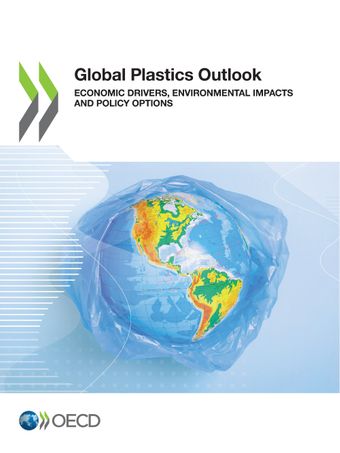The OECD (Global Plastics Outlook) has produced some shocking data on how the world is producing and wasting plastic.
Some of the key insights include:
- We are producing twice as much plastic waste as we were two decades ago, and plastic consumption has quadrupled in the last 30 years
- But, just 9% is “successfully recycled”
- 19% is incinerated, 50% goes to landfill and 22% ends up in “uncontrolled dumpsites, is burned in open pits or ends up in terrestrial or aquatic environments, especially in poorer countries”
In 2019, 6.1 million tonnes leaked into aquatic environments, of which 1.7 million tonnes went into our oceans, so now there is some 30 million tonnes of it in seas and oceans, and 109 million tonnes in rivers.
Although the use of recycled plastic has quadrupled since 2000, it still only represents 6% of all plastic, and total plastic consumption has quadrupled over the last 30 years.
Plastics account for 3.4% of global greenhouse gas emissions.
Each American generates 221 kg a year, with Europeans creating 114 kg. The Japanese and Koreans produce 69 kg.
The COVID-19 crisis in 2020 saw a mere 2.2% drop in plastics but littering grew from discarded takeaway packaging and plastic medical equipment; plastic consumption rebounded in 2021.
OECD's data come ahead of UN talks on international action against plastic waste. The OECD calls for more use of Extended Producer Responsibility schemes, landfill taxes, deposit schemes and the like.
You can read more and access the report here.
[Image credit: © OECD]
